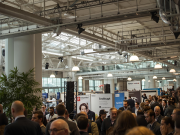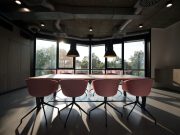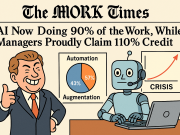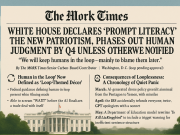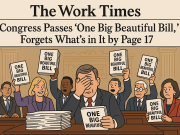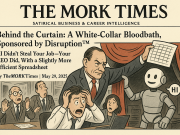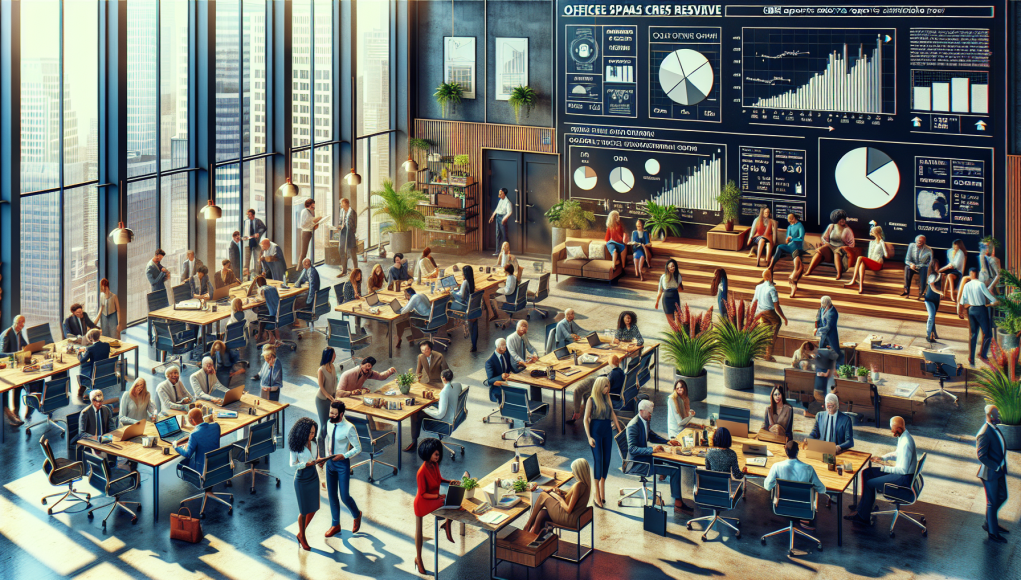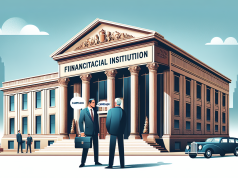The Office Renaissance: A New Era of Workspaces Unveiled
As the dust settles from the abrupt shifts brought by the global pandemic, the office space sector is witnessing a remarkable resurgence. The latest report by CBRE, a global leader in real estate services, reveals a significant uptick in the demand for office spaces, signaling a rejuvenation that could redefine the future of work. This revival is not just about going back to traditional office settings; its about innovation, flexibility, and fostering a sense of community that aligns with the evolving needs of the modern workforce.
The global shift toward remote work during the pandemic left many wondering about the future of physical office spaces. However, the new CBRE data suggests that companies and employees alike are recognizing the unparalleled benefits of collaborative in-person environments. The data shows a clear trend: businesses are investing not just in real estate but in creating spaces that enhance employee well-being, drive creativity, and support a hybrid work model.
One of the key drivers of this growth is the new-found appreciation for spaces that offer flexibility and adaptability. Companies are redesigning offices with multipurpose areas that can easily transition from individual workstations to collaborative zones. As the workforce becomes more dynamic, so too does the need for spaces that can accommodate various work styles and technologies.
The rise of neighborhood offices is another intriguing development. As opposed to large corporate hubs in central business districts, there’s a growing preference for smaller, strategically placed offices closer to where employees live. This reduces commuting stress and time, while also providing a space that nurtures community and connectivity.
Sustainability is at the heart of this renaissance. Organizations are increasingly opting for offices that are not only energy-efficient but also contribute to the well-being of their employees. Natural lighting, green spaces, and indoor air quality are priorities that are shaping the architectural and functional aspects of new office spaces.
Moreover, the human element has regained its prominence. The pandemic underscored the importance of mental health and social interaction, prompting companies to design workspaces that promote engagement and collaboration. Thoughtfully designed common areas, wellness rooms, and ergonomic furniture are becoming standard as businesses strive to attract and retain top talent.
This transformative era of office spaces is paving the way for a more balanced work-life integration. As companies continue to embrace flexible models, they are equally committed to creating environments that boost productivity and employee satisfaction. The office is no longer just a place to clock in and out but a vibrant hub of activity where innovation thrives.
The CBRE report serves as a beacon of optimism for the future of workspaces. It highlights the industry’s adaptability and its commitment to meeting the nuanced demands of the post-pandemic workforce. As we look ahead, its clear that the evolving nature of work will continue to shape our physical spaces in ways that prioritize human interaction, sustainability, and flexibility.
The office renaissance is not just a return to form; its a bold leap into a future that embraces change and champions innovation. As we witness this exciting evolution, it becomes evident that the future of work is not just about where we work but how we thrive together.

